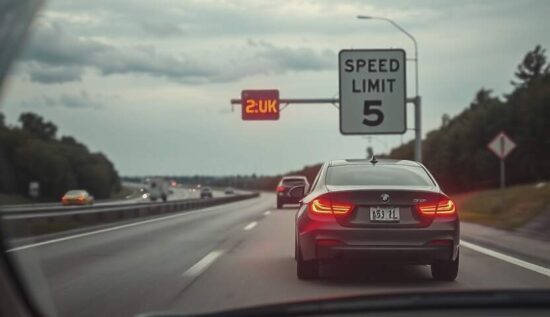A contentious issue has emerged in the current coalition negotiations in Austria: the Freedom Party of Austria (FPÖ) is pushing for a speed limit of 150 km/h on certain highway sections, up from the current 130 km/h. While the debate in Austria continues to be heated, the FPÖ has taken a clear stance in support of higher speeds.
But what lies behind this proposal and what would be the consequences for road safety?
The FPÖ has not been the first to bring up the idea of a higher speed limit. Udo Landbauer, the Lower Austrian Vice Governor and Landesrat for Transportation, has been advocating for a speed limit of 150 km/h for a long time, arguing that it would better reflect the reality on the road. The FPÖ believes the current speed limit of 130 km/h is outdated, especially on well-maintained roads that could safely accommodate higher speeds.
In 2018, a test was conducted to increase the speed limit to 140 km/h on two highway sections, but it was stopped shortly after. Despite this, the FPÖ is still pushing for the speed limit to be increased, at least on selected sections.
According to a recent survey by the Unique Research institute, commissioned by the Kleine Zeitung, a majority of respondents support a speed limit of 150 km/h on highways. 51 percent of the participants support the proposal, while 18 percent even advocate for a limit of 150 km/h. Many drivers argue that higher speeds would be an adaptation to the technological progress and the modern vehicles that are now safer and more powerful than before.
However, there are also critical voices. Some warn of the potential risks of such a regulation. Increasing the speed limit could lead to more accidents, particularly on heavily trafficked or unclear sections of the road.
This debate often references Germany, where the discussion about a general speed limit is a recurring topic of intense debate. Studies from Germany show that a higher speed limit, especially on less trafficked sections, could increase the risk of accidents.
Germany is known worldwide for its highways, where in many areas there is no general speed limit. This freedom, which is seen by many as a hallmark of the German transportation network, sparks intense discussions. While some see the lack of a general speed limit as a symbol of flexibility and trust in the driving abilities of Germans, there are always demands for a nationwide speed limit.
Most highways in Germany are free of speed limits, with the exception of certain sections, particularly in urban areas or on particularly hazardous stretches, where limits of 120 or 130 km/h are in place. This regulation is unique and sparks attention worldwide. In countries like Austria, France, or the Netherlands, there are clear speed limits for all highways. In Germany, the decision about speed is left to the drivers, which brings both opportunities and risks.





